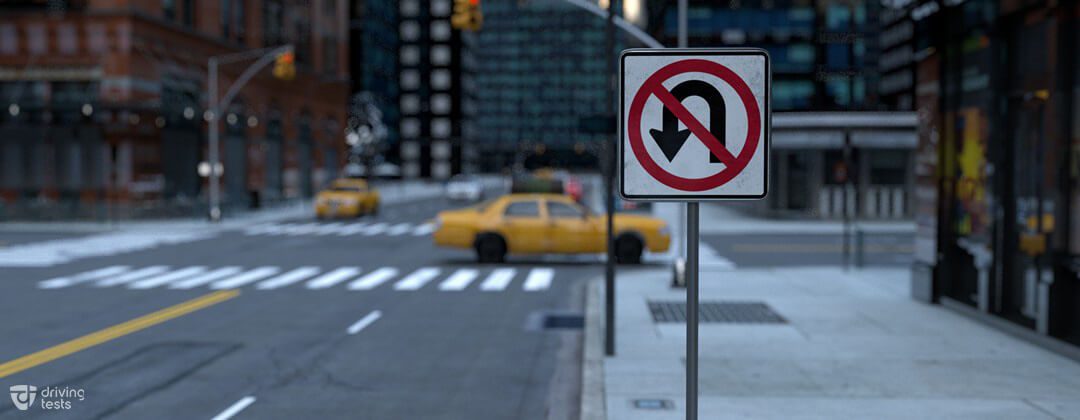Explanation:
Although it's not the best speed according to the driver's handbook, driving at 25 mph in this scenario isn't always bad. 30 mph is the recommended speed when visibility is less than 200 feet. Traveling at this pace enables you to reach the destination in 4.5 seconds, providing plenty time for you to respond to any possible threats. You will need around 5.5 seconds to go 200 feet at 25 mph. Err on the side of caution if you believe that driving for an extra second will make you safer given your comfort level and the unique driving conditions.
Explanation:
Suddenly applying force to the brakes can result in a rear-end accident with oncoming traffic, whose reaction time may be compromised. Rather, you ought to keep your car under control, signal that you're about to pull off the highway, and then gradually slow down to a safe place.
Explanation:
Rainwater loosens the oil deposits that are brought to the surface of the asphalt by heat. This increases the slippery condition of the road until more rain removes the oil.
Explanation:
Head restraints are intended to shield your neck in the event of a rear-end collision.
Headrests should be positioned so that, in case of an accident, the head restraint will make contact with the back of the head.
Explanation:
Legally, a motorcycle can occupy the entire lane. Therefore, you have to move into an adjacent lane in order to pass a motorcycle. The motorcycle's lane may not be shared with you.
Explanation:
Make sure there is no oncoming or approaching traffic coming from the left or turning left into your path before making a right turn at an intersection. Additionally, give way to pedestrians crossing the road you are about to enter.

Explanation:
A red slash inside a red circle indicates ""no."" This means that U-turns are not allowed.
Advertisement
Explanation:
In a work zone, if there are no stated reduced speed limits, it's not necessarily required to slow down to less than 50 mph. Driving too slowly might occasionally be equally as risky as driving too quickly. Unless otherwise noted, drive at a safe speed for the road conditions and abide by the posted speed limit.
Explanation:
There are instances when handling risks one at a time is necessary. When a car is approaching from behind and you are about to pass a bicycle, slow down and give the car space to pass so that you have more room for the bicycle. Next, shift to the left so that you have enough space to pass the bicycle.
Explanation:
This sign is not for use in a school zone, but rather in a work or construction zone. Signs specific to school zones are typically pentagonal, or five-sided. School crossing guards may stop traffic in a school zone to assist students in crossing the street.
Explanation:
It takes about a third of a mile to pass safely in the opposite lane at 55 mph. Although it's always a good idea to be cautious, at 55 mph, it's usually not required to leave half a mile of space.